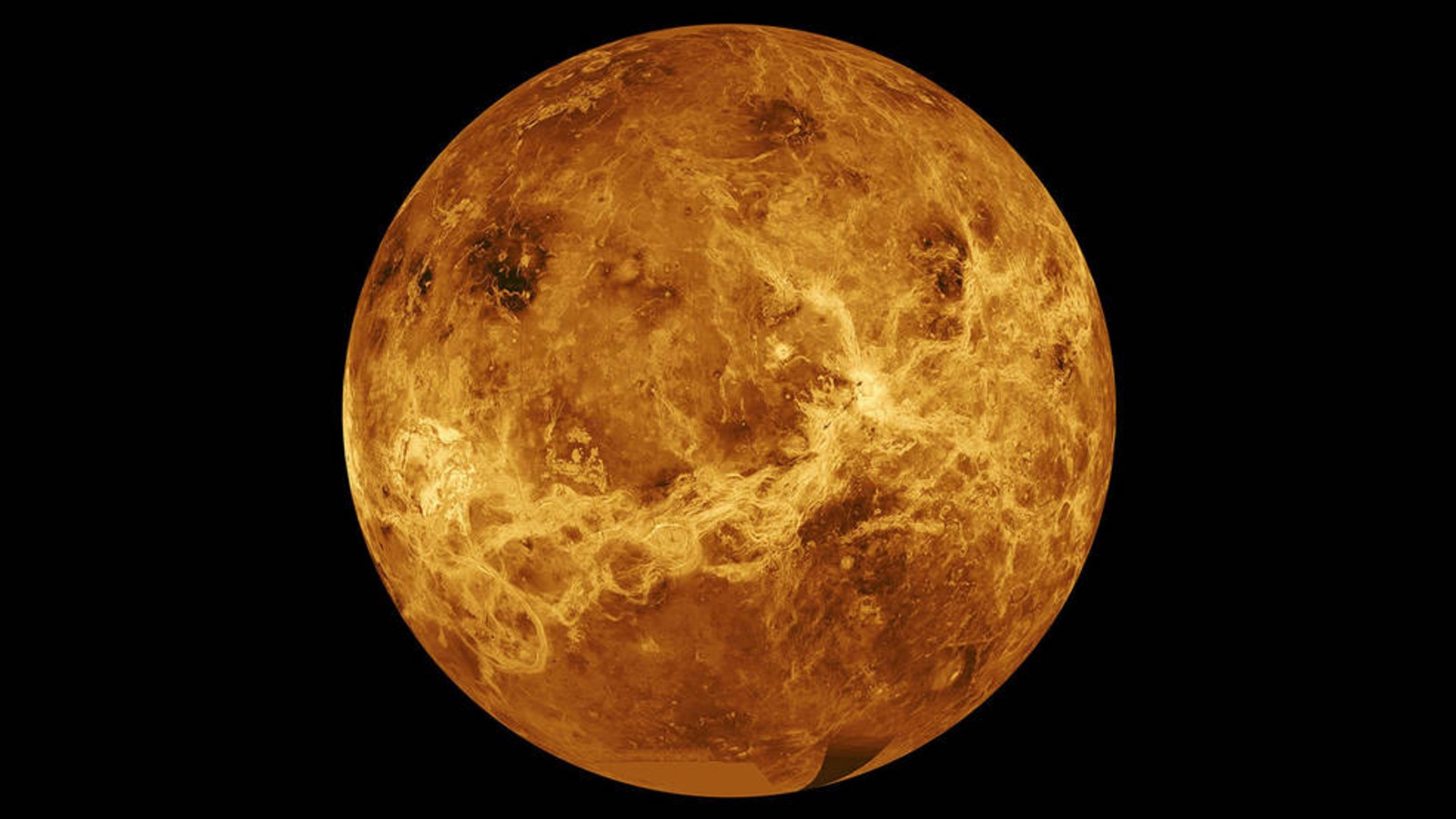NASA: Watch planet Venus form a trio with Moon and Mars in February!
NASA has informed that you can watch the planet Venus to form a trio with the Moon and Mars on the morning of February 26, 2022. Orion Nebula can also be looked at during the month.

Watching another planet in the sky sounds exciting right! And what if we tell you that February is the perfect time to see Venus at its brightest in the early morning hours? That's right! According to the National Aeronautics and Space Administration (NASA), you can look for Orion Nebula and Venus in the month of February. Informing about the same NASA tweeted, "February is the perfect time to look for the Orion Nebula—and to see Venus at its brightest in the early morning hours. What else is in our night skies this month? We've got the rundown in our latest edition of "What's Up": https://go.nasa.gov/37ePy0B."
According to NASA, you can look for Venus to form a trio with the Moon and Mars on the morning of February 26, 2022. "What's Up for February? Jupiter makes its exit, Venus at peak brightness, and the star-forming cloud next door. With the departure of Saturn and Venus over the past two months, Jupiter is the only bright planet left in our twilight skies in February, and it's on its way out! The giant planet stands alone, low in the western sky after sunset in February," NASA said in a report.
As per the information provided, once Jupiter disappears, at the end of February, the post-sunset sky will be essentially devoid of naked-eye planets until August, when Saturn will start rising in the east around sunset. You can also spot Mercury as it pops briefly above the horizon in April and May, for a short period though.
February is the perfect time to look for the Orion Nebula—and to see Venus at its brightest in the early morning hours.
— NASA (@NASA) February 1, 2022
What else is in our night skies this month? We've got the rundown in our latest edition of "What's Up": https://t.co/P2s1ur83yw pic.twitter.com/xSXICwiZbL
Venus at its brightest in February
If knowing about planets excites you, it can be noted that the planet Venus will be at its brightest for the year in February (around mid-month), NASA said speaking of morning skies. "It rises with Mars around 4 a.m. and is visible low in the southeast until sunrise. Venus is the brightest of all the planets in our solar system because of the highly reflective clouds that completely cover its globe," NASA said in a report.
However, the brightness of the planet varies in the sky depending on how far it is from Earth and on its phase. Oddly enough, it has been found that Venus is brightest not when it is closest to Earth.
"So enjoy the crescent Venus that is the planet at its brightest. And look for Venus to form a trio with the Moon and Mars on the morning of February 26th," NASA said.
Watch Orion Nebula in February
Apart from Venus, you can also spot the Orion Nebula in the skies in February. "February is a perfect time to enjoy one of the most popular and well-studied sights in the night sky: the Great Nebula in Orion," the research centre said.
Finding the Orion Nebula is easy on February nights, as the constellation Orion will be high in the south around 8 or 9 pm, it added.
How to watch Orion Nebula?
You can look for the three stars of the hunter's belt, and then find the stars that hang below it forming Orion's sword. In the center of this line of stars is one that looks kind of fuzzy. That is the nebula. It is visible to the unaided eye under relatively dark skies, and is easily seen with binoculars as a faint haze. And through a telescope, it is a sight you will never forget.
What is Orion Nebula?
According to NASA, the Orion Nebula is an enormous cloud of gas and dust where thousands of stars are being born. In fact, it is the nearest large star-forming region to our solar system, at around 1,500 light-years away. The bright, central region of the Orion nebula is a giant cavity in the cloud being carved out by the intense ultraviolet light from a handful of extremely massive young stars.
Catch all the Latest Tech News, Mobile News, Laptop News, Gaming news, Wearables News , How To News, also keep up with us on Whatsapp channel,Twitter, Facebook, Google News, and Instagram. For our latest videos, subscribe to our YouTube channel.





























